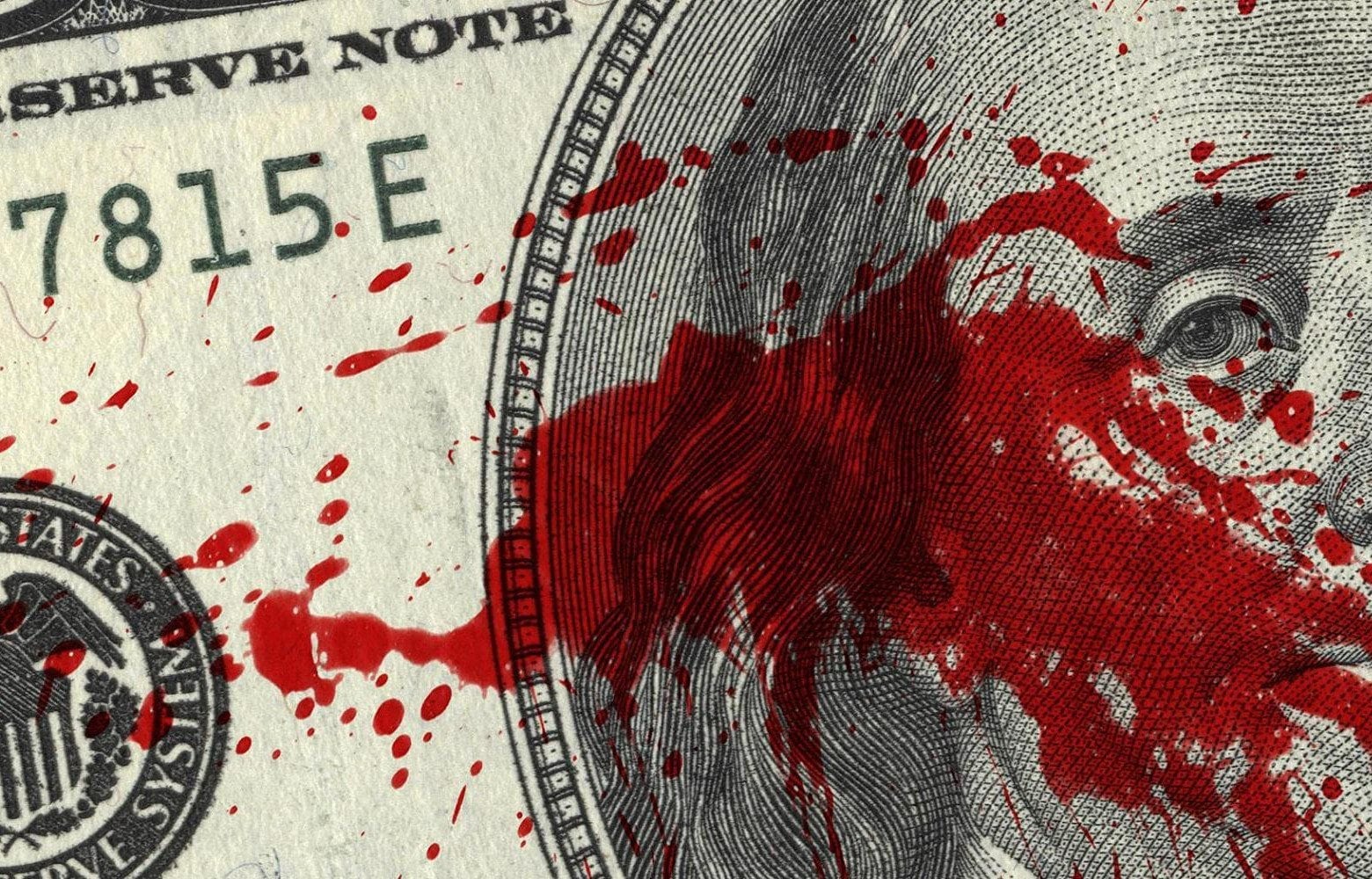Estimated reading time is 4 minutes.ON APRIL 7, 1970, California Governor Ronald Reagan was at a meeting of the Council of California Growers. The topic turned to student protests and the ever-glib, ever-genial Reagan quipped, “If it takes a bloodbath, let’s get it over with—no more appeasement.” In other words, let bring some of the bloodbaths we were responsible for around the world back home!
If you look this statement up on your browser, you will find countless rightwing website finding one way or another to justify St. Ronnie’s calling for the spilling of American students’ blood. This should surprise no one: the right cheered when students were actually gunned down in May 1970 at Kent State, and they’d cheer again in 2018.
They don’t even care that none of the students murdered that day were, in fact, demonstrators! They seem to just like the blood.
A nation at risk
In 1983, President Reagan’s National Commission on Excellence in Education issued A Nation At Risk: The Imperative for Educational Reform. Its publication is considered a landmark event in modern American educational history”although not necessarily a good landmark.
“Once launched, the report, which warned of a rising level of mediocrity, took off like wildfire. During the next month, the Washington Post alone ran some two dozen stories about it, and the buzz kept spreading. Although Reagan counselor (and, later, attorney general) Edwin Meese III urged him to reject the report because it undermined the president’s basic education agenda—to get government out of education—White House advisers Jim Baker and Michael Deaver argued that A Nation At Risk provided good campaign fodder.
Reagan agreed, and, in his second run for the presidency, he gave fifty-one speeches calling for tough school reform. The ‘high political payoff,’ Bell wrote in his memoir, ‘stole the education issue from Walter Mondale, and it cost us nothing.’
What made A Nation At Risk so useful to Reagan? For one thing, its language echoed the get-tough rhetoric of the growing conservative movement. For another, its diagnosis lent color to the charge that, under liberals, American education had dissolved into a mush of self-esteem classes.” (Edutopia)
Here are a few items that A Nation At Risk claimed:
• American students are never first and frequently last academically compared to students in other industrialized nations.
• American student achievement declined dramatically after Russia launched Sputnik, and hit bottom in the early 1980s.
• SAT scores fell markedly between 1960 and 1980.
• Student achievement levels in science were declining steadily.
• Business and the military were spending millions on remedial education for new hires and recruits.
“If it takes a bloodbath, let’s get it over with—no more appeasement.” – Governor Ronald Reagan, 1969
The Sandia Report
Apparently there were some doubts about the findings and the wording of A Nation At Risk. In 1990, Secretary of Energy Admiral James Watkins commissioned the Sandia Laboratories in New Mexico to document the decline with some actual data.
“Systems scientists there produced a study consisting almost entirely of charts, tables, and graphs, plus brief analyses of what the numbers signified, which amounted to a major Oops! As their puzzled preface put it, ‘To our surprise, on nearly every measure, we found steady or slightly improving trends.’
One section analyzed SAT scores between the late 1970s and 1990, a period when those scores slipped markedly. The Sandia report broke the scores down by various subgroups, and something astonishing emerged.
Nearly every subgroup—ethnic minorities, rich kids, poor kids, middle class kids, top students, average students, low-ranked students—held steady or improved during those years. Yet overall scores dropped. How could that be?
By then, however, catastrophically failing schools had become a political necessity. George H.W. Bush campaigned to replace Reagan as president on a promise to confront the crisis. He had just called an education summit to tackle it, so there simply had to be a crisis.” (Edutopia)
What was actually happening was rather different than what Reagan’s people had found. Here are some of the findings of the Sandia Report:
• Between 1975 and 1988, average SAT scores went up or held steady for every student subgroup.
• Between 1977 and 1988, math proficiency among 17-year-olds improved slightly for whites, notably for minorities.
• Between 1971 and 1988, reading skills among all student subgroups held steady or improved.
• Between 1977 and 1988, in science, the number of 17-year-olds at or above basic competency levels stayed the same or improved slightly.
• Between 1970 and 1988, the number of 22-year-old Americans with bachelor degrees increased every year; the United States led all developed nations in 1988.
Neither the Reagan nor the Bush administrations saw any need to release the Sandia Report. It went largely unknown with few knowing it even existed. Then, in 1993, the Journal of Educational Research printed the report. And it still remains largely unknown and unread and people still believe the nonsense in A Nation At Risk . . .
Mystically liberal Virgo enjoys long walks alone in the city at night in the rain with an umbrella and a flask of 10-year-old Laphroaig who strives to live by the maxim, “It ain’t what you know that gets you into trouble; it’s what you know that just ain’t so.
I’ve been a puppet, a pauper, a pirate, a poet, a pawn, and a college dropout (twice!). Occupationally, I have been a bartender, jewelry engraver, bouncer, landscape artist, and FEMA crew chief following the Great Flood of ’72 (and that was a job that I should never, ever have left).
I am also the final author of the original O’Sullivan Woodside price guides for record collectors and the original author of the Goldmine price guides for record collectors. As such, I was often referred to as the Price Guide Guru, and—as everyone should know—it behooves one to heed the words of a guru. (Unless, of course, you’re the Beatles.)







Check out page two of this article. It spells out Reagan’s October Surprise.
http://www.csmonitor.com/Commentary/Global-Viewpoint/2013/0305/Argo-helps-Iran-s-dictatorship-harms-democracy
Thanks for the referral. Shame the righties are fixated on a man who was such a wretched excuse for a human being.